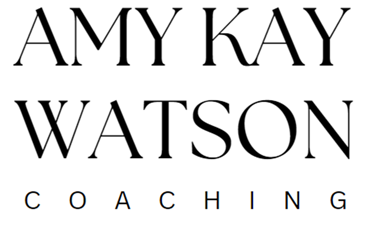
In the house where I grew up, conflict was Not. Happening. We were pleasant!
That didn’t exactly prepare me for the real world, though.
You see, I was raised with a single approach to conflict: SILENCE. Boy, oh boy, my folks were experts at the silent treatment!
So we avoided that. Being pleasant was one of our highest virtues! It could have been worse, for sure. Those ‘blast doors’ certainly protected all of us from the trauma that a lot of negative feelings such as rejection and fighting (whether verbal or physical) can create. (Was it The Vision in Marvel’s Captain America: Civil War who said conflict was a disaster? I’m sure my folks would have agreed).
But that “pleasantness” was so important that when conflict would happen (which it would, of course, because we were human), everything would shut down. You might get an expressionless cold shoulder. The offended person would leave the room. In the silence the message was clear: Conflict Is Not Allowed. That didn’t just mean out-and-out fighting was not allowed. It meant that even disagreement was not allowed. This also meant that independent thought was not allowed. (You can see why I love the movie Pleasantville so much! And if you haven’t seen it, it’s on your recommended-viewing).
I’m reminded of this “pleasant” upbringing whenever a client comes to me complaining of the messiness that happens around conflict.
Lisa Glover (not her real name) was in the thick of it when she came to me.
“HR is taking my employee’s side against me, and it isn’t right!” she said to me.
It had all started about a month before. Her employee had gone behind her back, went to Lisa’s boss and had one of Lisa’s decisions reversed. Furious, Lisa confronted her employee, insisted he follow the chain of command, and made it clear that any decision she herself made would be final. [And no, her organization is not related in any way to the military.]
The employee filed a complaint with HR.
By the time our coaching session occurred, Lisa had been interviewed by HR, who then relayed that the employee had accused Lisa of “bullying and harassing” him. And that’s when Lisa had told me, “HR is taking his side against me, and it isn’t right!”
Lisa was so furious that she had become stuck with what to do and how to approach the situation. What felt to her like the injustice kept playing through her mind on a loop. The more she thought about it, the more crucial it became that HR take her side against the employee.
I had a sense for what she was going through.
Way back when I was in my first management role, I had believed that, as a manager, what I said would be considered law. If I told an employee to straighten up and alphabetize the books in his section of our book store, he’d better do it quickly and accurately! When I tried this and found that employees were eager to choose their own approach to work, I began throwing my authoritative weight around. I’m the boss, I figured. What I say goes. However, HR didn’t see it that way, either. This Command-and-Control attitude is what got me fired from the bookstore chain.
Fortunately, I gained a great deal of perspective, knowledge, and skill after getting fired before Lisa’s experience. Lisa and I worked together for a few months to transform her perspective on the situation.
During our training and coaching, she slowly began to see her own role at work in a different light. She began to see what she could do to create change and what she could do to transform her relationship with her employees instead of leaning so hard on being the one with authority.
It took time and sacrifice.
Lisa’s transformation began when she returned to HR and gave them her commitment to change her own approach. That saved her job. We started a 360 process and drew feedback about how she was managing from her employees as well as her peers and her boss. Most importantly, Lisa committed to learning from that feedback and implementing a change in her approach.
Her ego suffered, I won’t lie. It was hard, but Lisa came out of it pretty well.
She has learned to put just as much energy into listening as she puts into expressing herself.
Listening and demonstrating honest self-expression are high-leverage skills we work with continuously in the True Impact Leadership program. (This is my year-long signature offer for anyone in a leadership role.
A moment of truth
This isn’t easy stuff to do. A lot of coaches and trainers will skirt over the difficulty. They won’t use the word “sacrifice.” They don’t want to scare you off. But I believe that you wouldn’t be here if you weren’t ready to to see the truth. And the rest of the truth is that messiness and difficulty are actually a small part of the picture, because once you’ve had the courage to do the hard stuff, things get a LOT easier and a lot more FUN because you aren’t losing your energy to worry, dread, and avoidance.
If you’re dealing with frequent conflict, it may help you to work with a coach. If you are wondering if working with me might help, check this out: Is this you?

